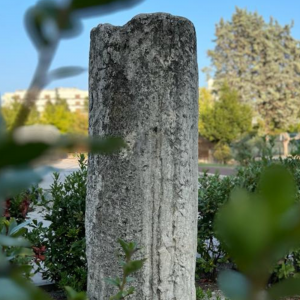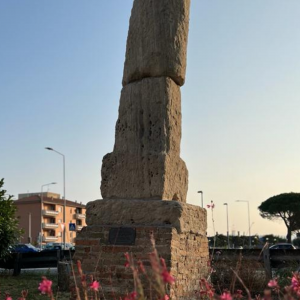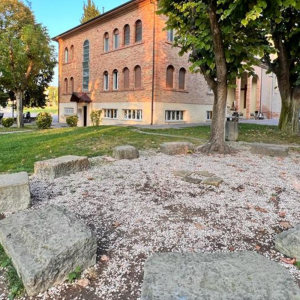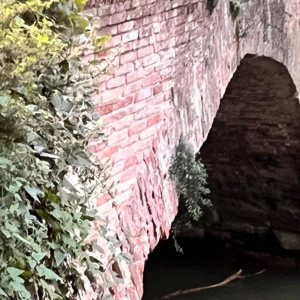The allure of ancient Rome on the Flaminian Way from Rimini to Riccione
Experience an itinerary that is short but full of discoveries: pass under an arch that has seen two thousand years of travellers, follow the 'kilometres' of antiquity engraved in stone, cross a bridge where the Flaminian Way touches the water, and close in front of the everyday objects that tell of Roman life on the Riviera.
Short itinerary and zero boredom. The Flaminian Way is not just an ancient road: it is the smartest way to read the Riviera through the eyes of Rome.
Duration: 1/2 day (extendable to full day)
Km: 10-15
Means of transport: car or bike
First stop Augustus Arch, the gateway to Ariminum.
It is the 'welcome' of Roman Rimini: erected in 27 BC, it marked the entrance of the Via Flaminia into the city. Look at it from the south side to catch the 'gateway' effect; recognise the four sculpted deities (Jupiter, Apollo on the outside; Rome and Neptune towards the city) and read the inscription celebrating Augustus' road works.
Small hack: look for the remains of the walls on either side, you will immediately realise that it was not an isolated arch but a real city gate.
Second stop Miliario della Colonnella, the first mile.
A few minutes and you arrive at the 'odometer' of antiquity: a stone milestone (h 2.68 m) that indicated the first mile from the Arch.
It is located in the car park near Santa Maria della Colonnella: humble place, great history. Here excavations have intercepted the route of the Flaminia and a small necropolis.
Tip: take a close-up photo to bring out the truncated cone shape and quadrangular base.
Third stop The Third (Miramare), three miles from Rimini
Finding it could be a small feat and a lot of satisfaction: avoid the main road, take the diversions onto Stockholm Street and you'll find it at your side.
Same stone, same profile, same task: marking the distance, giving rhythm to the Roman journey. It is physical proof that the Flaminia here is not 'legend', but real road, mile after mile.
Fourth stop San Lorenzo in Strada (Riccione), the temple under the church.
In the garden of the mediaeval church, marble blocks and column blocks emerge as clues to a monumental Roman building (probably a temple).
The church, built in the Middle Ages on top of the ancient site, was dedicated to St. Lawrence and preserved in the 'surname' in Strata the memory of the area's close connection with the Via Flaminia. Here you understand how the Middle Ages and Rome are not excluded: they overlap and talk to each other.
Fifth stop Bridge over the Rio Melo (Riccione), where the Flaminia touches the water
Go down the Rio Melo walk, below the level of the current state road: you will see Roman stone block shoulders and medieval brickwork resting on top.
A single archway to cross the stream: essential, functional, beautiful. Change level, go lower: only then can you 'read' the section of the historic landscape.
Sixth stop Luigi Ghirotti' Territory Museum, the closure that gives meaning
Balsam jars, oil lamps, coins, toilet objects; materials from Roman villas and farms in the surrounding area and from San Lorenzo in Strada. What you saw along the way here takes its name, date and context.
It is the perfect caption of your journey.
Smart tips for experiencing the itinerary at its best!
- Start the route from the Arch at dawn: the golden grazing light draws the reliefs and gives perfect shots.
- Walk slowly along the Flaminia: the milestones can be read up close, let the stones speak.
- Get there by bike if you can: the itinerary ends in Riccione and kilometre after kilometre you really feel it is yours!



